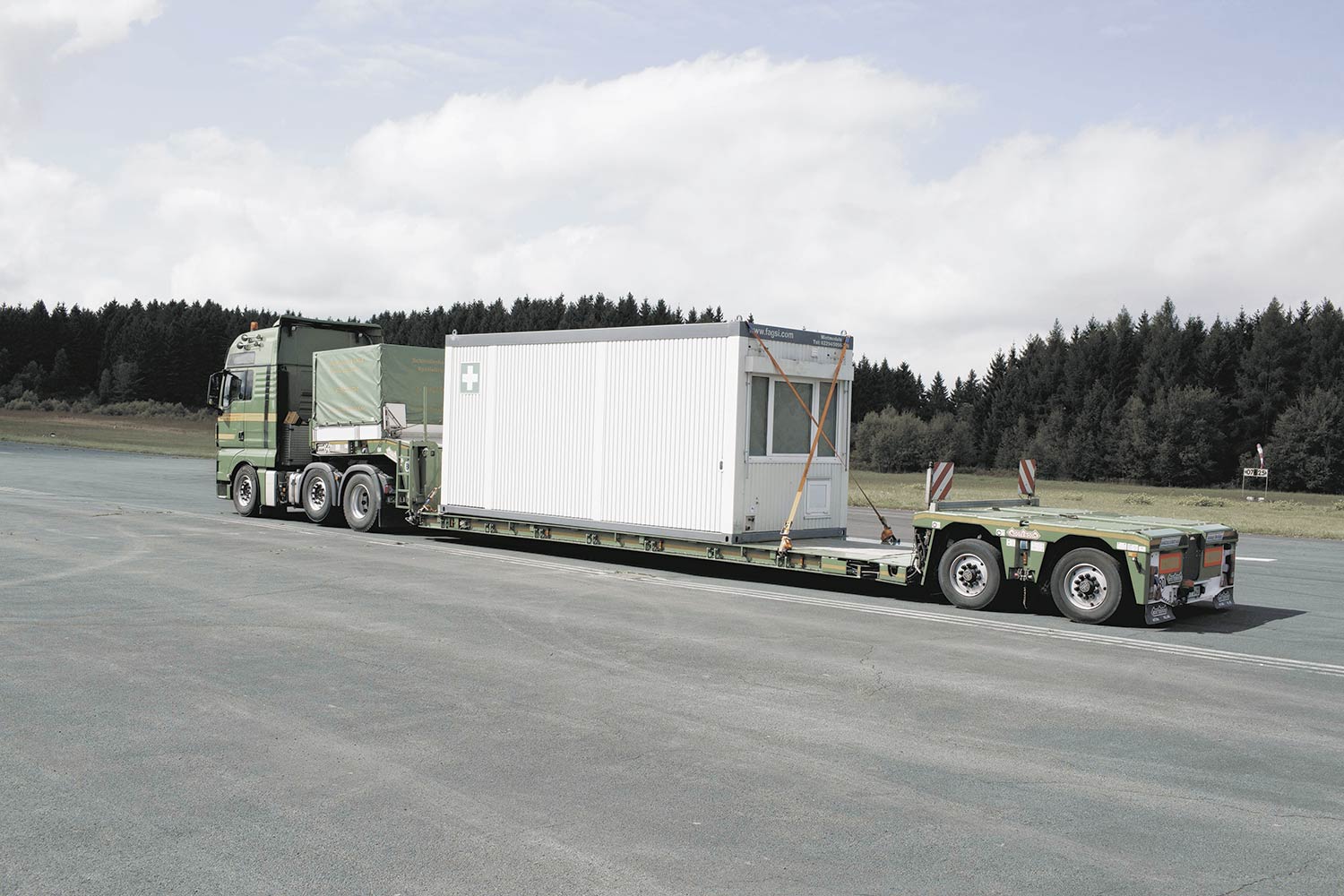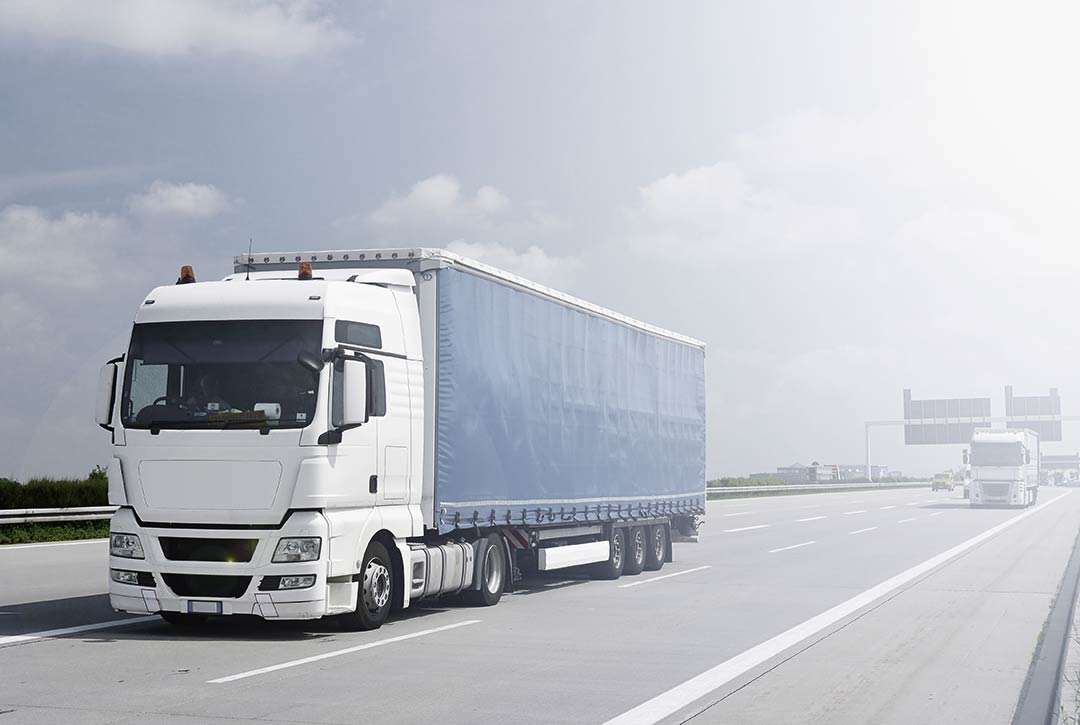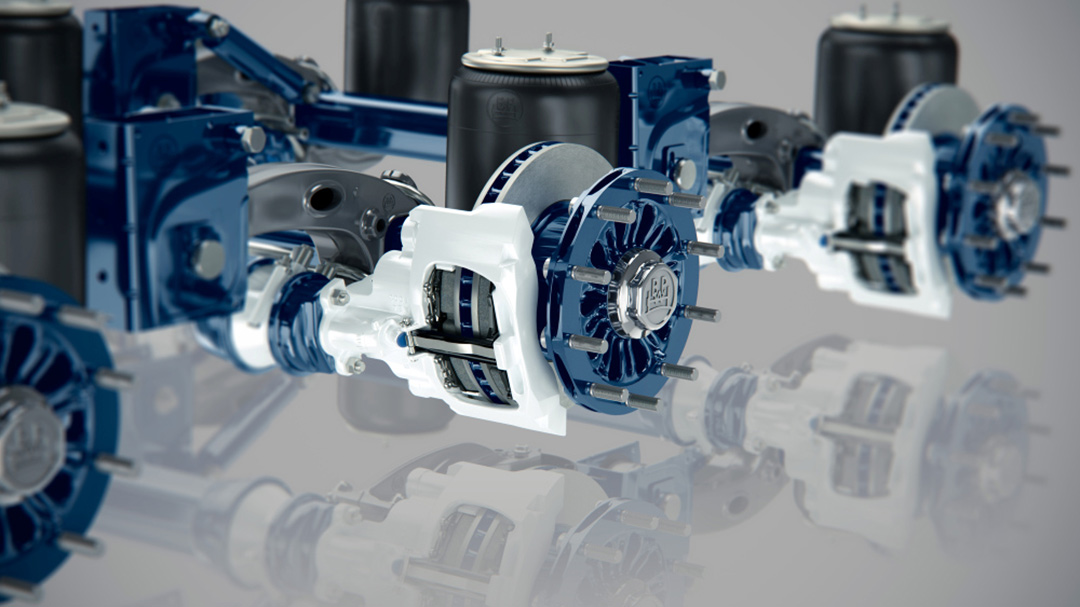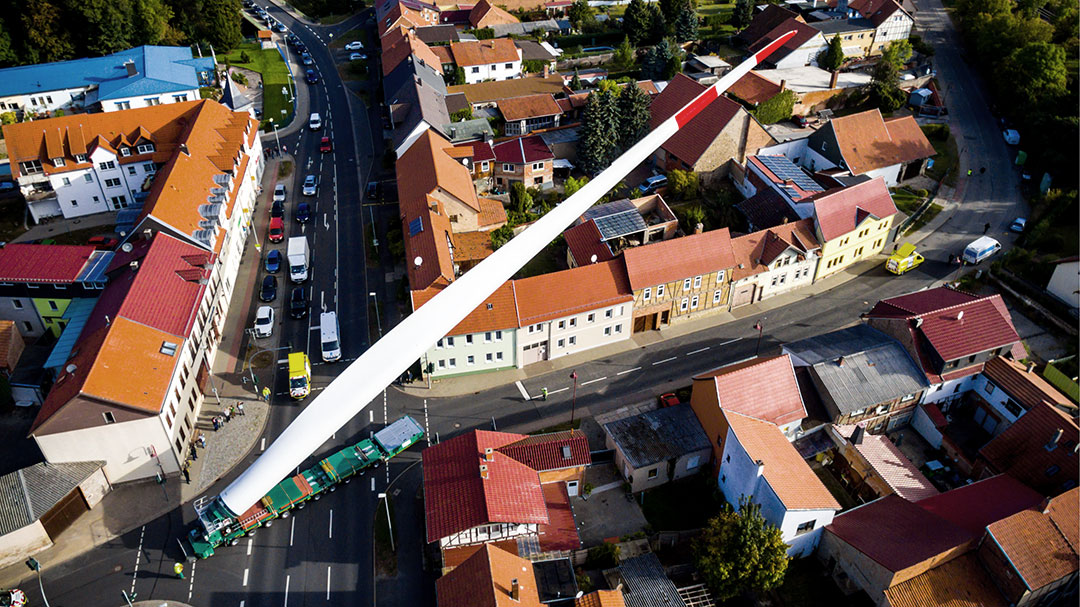Text: Juliane Gringer
Photos: BPW, Getty Images, Fotolia
With Airlight II, BPW has further developed its universal air suspension for use in the range of nine to twelve tonnes. The round axle beam, innovative materials and laser-assisted production make it the lightest running gear on the market. Denis Wierwille, BPW Product Manager Trailer Solutions & Mobility Services, explains the technology and know-how behind it.
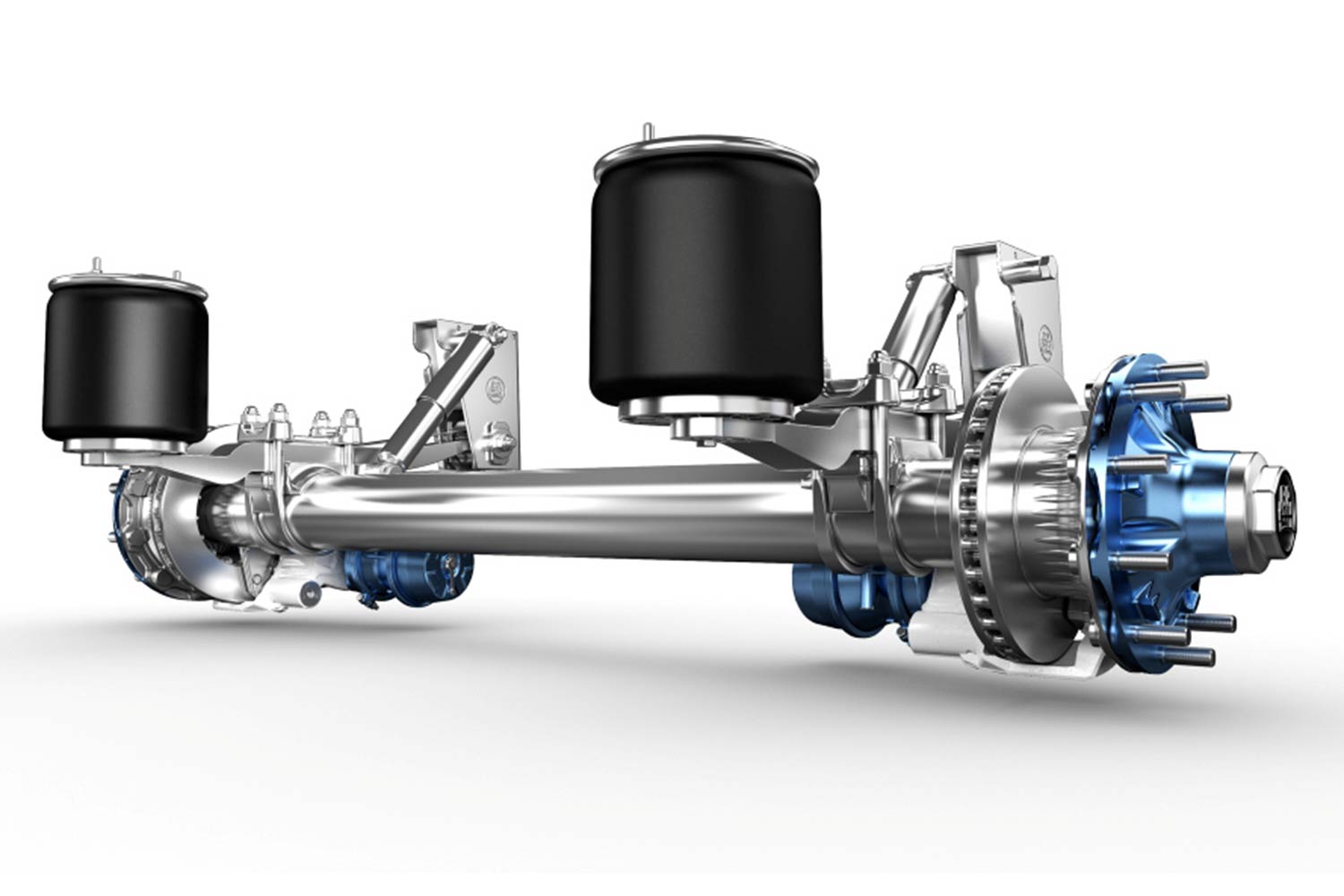

»We can basically serve any specialty application with Airlight II.«
Denis Wierwille, BPW Product Manager Trailer Solutions & Mobility Services
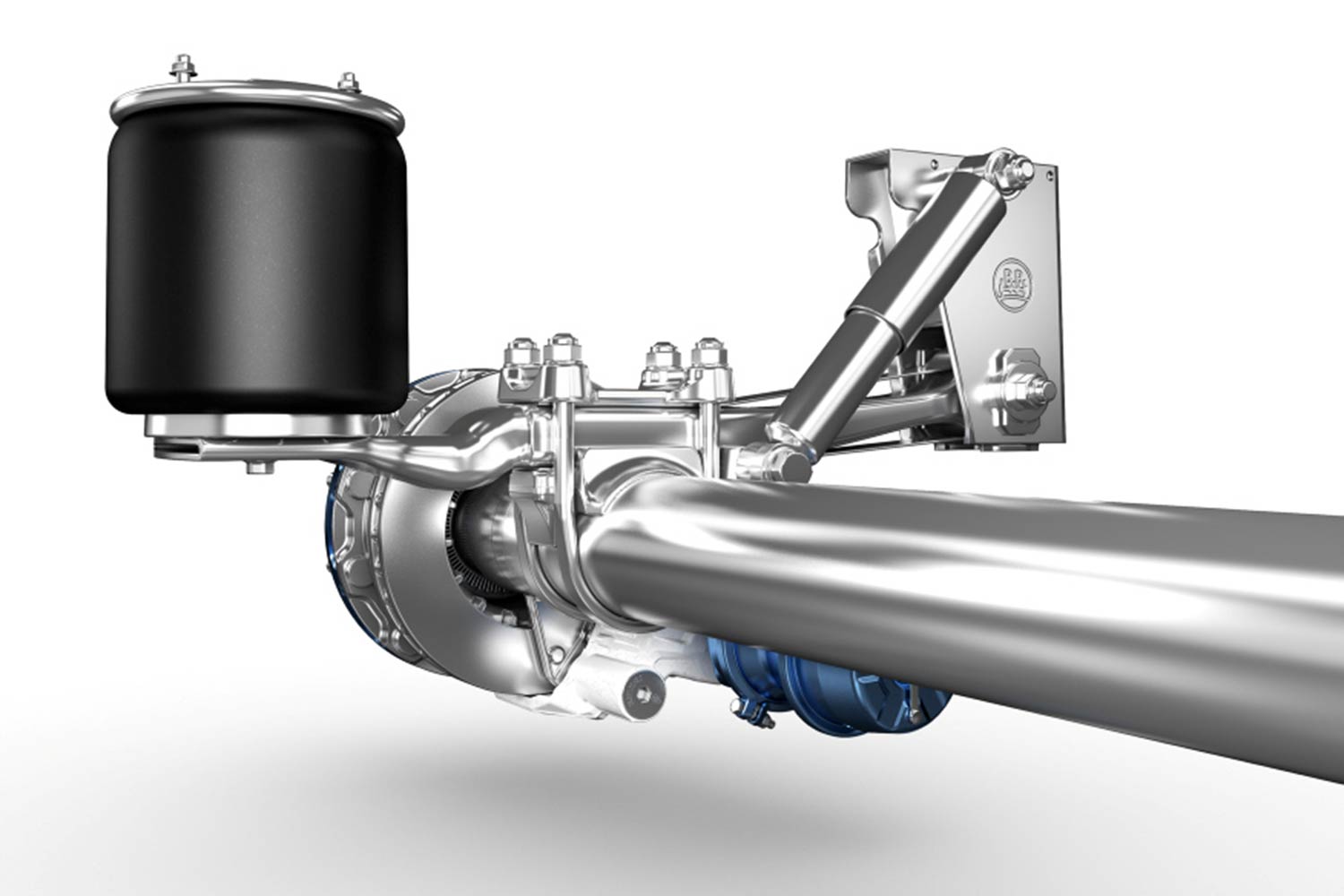
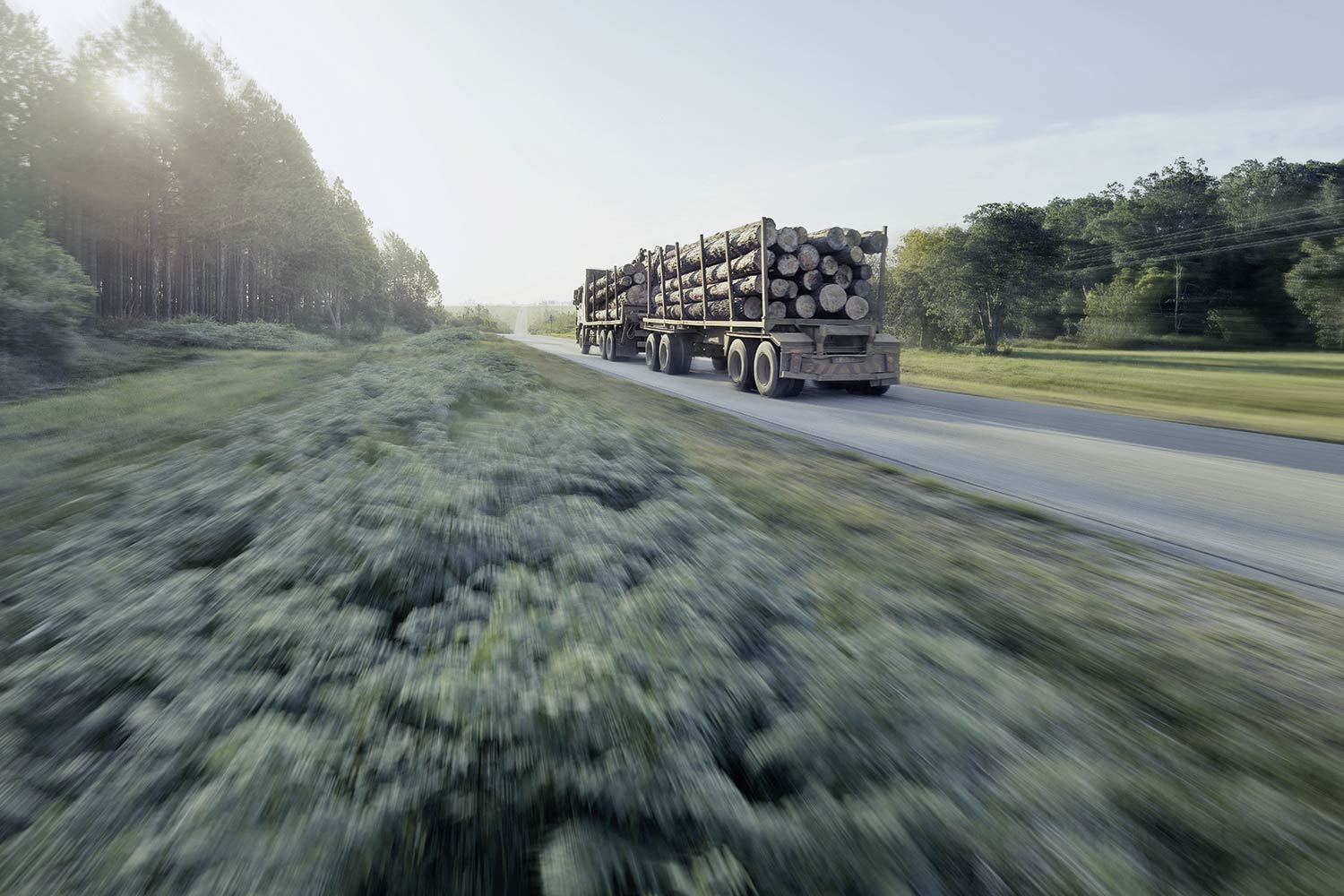
We process the contact surfaces of the components that are clamped onto the axle beam using special laser technology. We were able to use the experience gained with our ECO Air modular chassis for the Airlight II air suspension kit. In Airlight II, there is a component that clamps the steering spring around the axle with the help of the spring U-bolts: the so-called spring pads. The material on the contact surface is processed by laser in such a way that the components virtually bite into each other and create a very robust connection. Laser processing has the advantage that the material is both roughened and hardened: Previous forming technologies could not achieve this. Here at BPW we can build on very strong process know-how that is unique in the market – just like these particularly robust, clamped coupling pieces.
»LightTube and aluminium hub reduce the weight of Airlight II from around 400 to under 370 kilograms per module. That is by far the benchmark in the market, no one can do that but us.«
Denis Wierwille, BPW Product Manager Trailer Solutions & Mobility Services
Up to now, we have used the clamped spring seat arrangementfor axle beams with a 120 millimeter square profile, with axle beam wall thicknesses of ten and 15 millimeters. The new, round axle beam profile measures 146 millimeters in outer diameter with a wall thickness of ten millimeters. In combination with the new spring seat arrangement, both types of predecessor axle beams can now be replaced. Depending on the application, this reduces weight to varying degrees. In the area of typical tipper applications, this saves around 20 kilograms per module.
